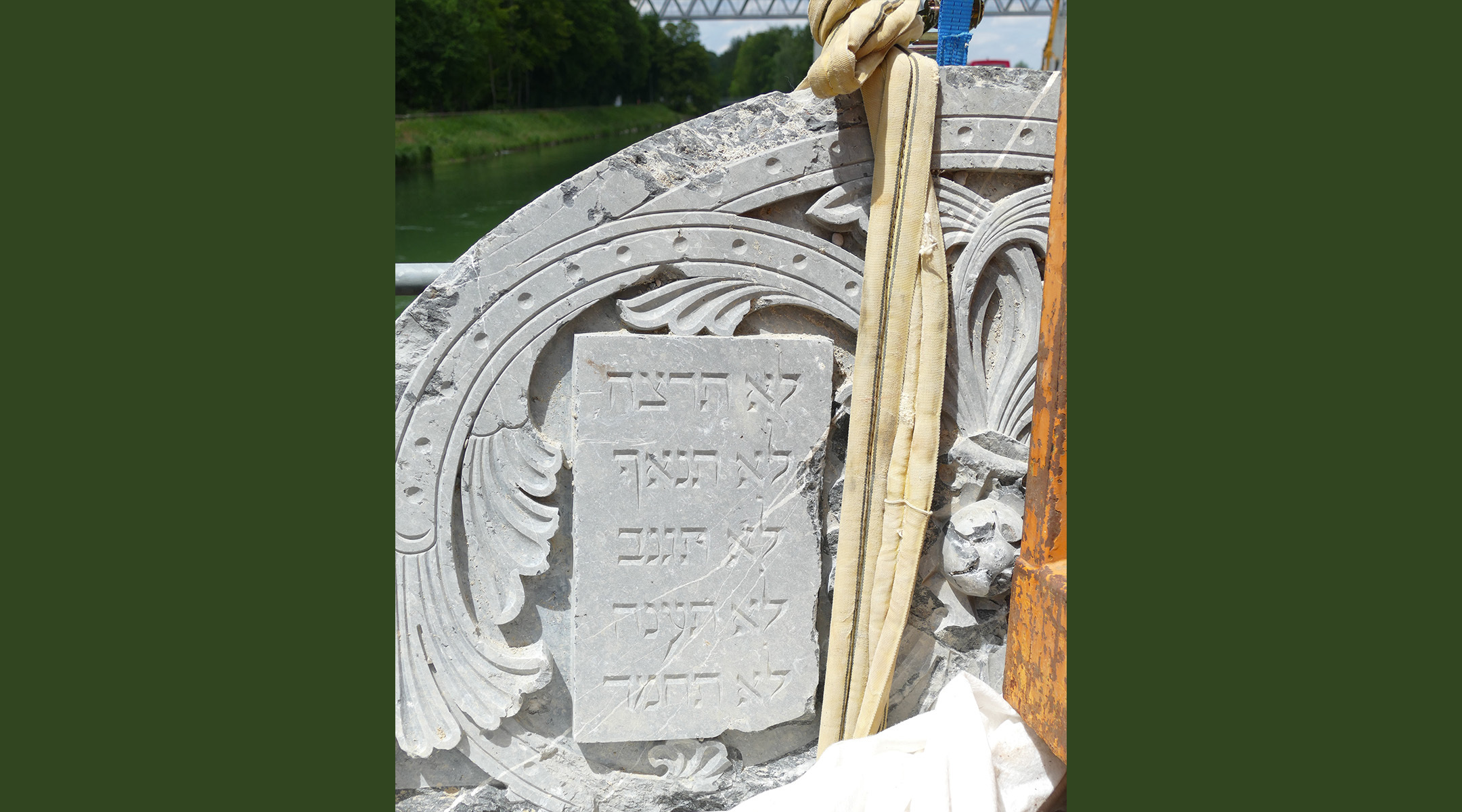Sixties Fan
Diamond Member
- Mar 6, 2017
- 67,363
- 12,050
- 2,290
Follow along with the video below to see how to install our site as a web app on your home screen.
Note: This feature may not be available in some browsers.







| ||
| The Simon Wiesenthal Center commemorates the incredible heroism and humanitarian work of Raoul Wallenberg, the former Swedish diplomat, who saved tens of thousands of Hungarian Jews during the Holocaust. This week, on July 8, 1944, 32-year-old Wallenberg, often referred to as the "Lost Hero of the Holocaust," arrived in Budapest as Secretary of the Swedish Legation to Hungary with instructions to intervene on behalf of Budapest's remaining 230,000 Jews. Through a combination of cajoling, bribes, threats, and sometimes desperate stratagems, Wallenberg managed to save some 100,000 Jews from the clutches of Hitler's army. The Russians, who seized Budapest from the Germans on January 13, 1945, arrested Wallenberg four days later for reasons unknown to this day. From the date of his arrest to the present, Wallenberg's fate has remained a mystery. Photo left: Raoul Wallenberg in his office in Budapest, November 26, 1944. Wallenberg sent this photograph, taken by Thomas Veres, to his mother; it is the last known photograph of Wallenberg. Courtesy Nina Lagergren (Nina Lagergren is Raoul Wallenberg's half-sister). Photo right: A letter of protection (Schutz-pass) issued by the Swedish Legation in Budapest, Hungary. A Schutz-pass gave the bearer the protection of the neutral Swedish government. This pass, number 0390, was issued to Eva Balog by the Royal Swedish Ambassador and was dated August 19, 1944. These photos are part of the Simon Wiesenthal Center’s rich archival holdings culled from around the globe. |



On July 0, 1941, the punishers entered the town of Yedvabno in soviet Belarus
On 10 July 1941, an anti-Jewish pogrom took place in Jedwabne. It occurred a dozen or so days after the withdrawal of the Soviet troops from the town, which had then been seized by Germans. Around 10am, Polish inhabitants of Jedwabne and nearby villages, under the German supervision, started to herd Jews from the town to the market square.
There, the Jews were beaten and humiliated, several of them were killed. Out of the people gathered in the market square, Poles selected several dozen, among them Rabbi Awigdor Białostocki, and forced them to destroy the statue of Lenin on Dworna Street and to stage its mock funeral. The group was then led out of the town, murdered, and buried—along with the smashed bust of Lenin—in a previously dug out hole inside Śleszynski’s barn. Later on, all the remaining Jews were rushed from the market square to the same barn, which was then set on fire.
The crime was committed by several dozen inhabitants of Jedwabne and its vicinity.

Really? The jews survived in Europe thanks to Russia.The jews were not safe in Russia.

Really? Only if we are ignorant of history. Russia has a rich history of killing Jews. They called them, "pogroms". I can give examples of the same in Europe.Really? The jews survived in Europe thanks to Russia.
In the history of Europe, there have often been instances in which jews were driven out of cities and even entire countries, robbing and killing in the process. This went on for centuries. But representatives of these countries like to mention the "pogroms" in Russia, in which several dozen people were killed.Really? Only if we are ignorant of history. Russia has a rich history of killing Jews.
several thousands of people were killed, at a time when there was no news reporting, what was happening.In the history of Europe, there have often been instances in which jews were driven out of cities and even entire countries, robbing and killing in the process. This went on for centuries. But representatives of these countries like to mention the "pogroms" in Russia, in which several dozen people were killed.
The usual western propaganda.